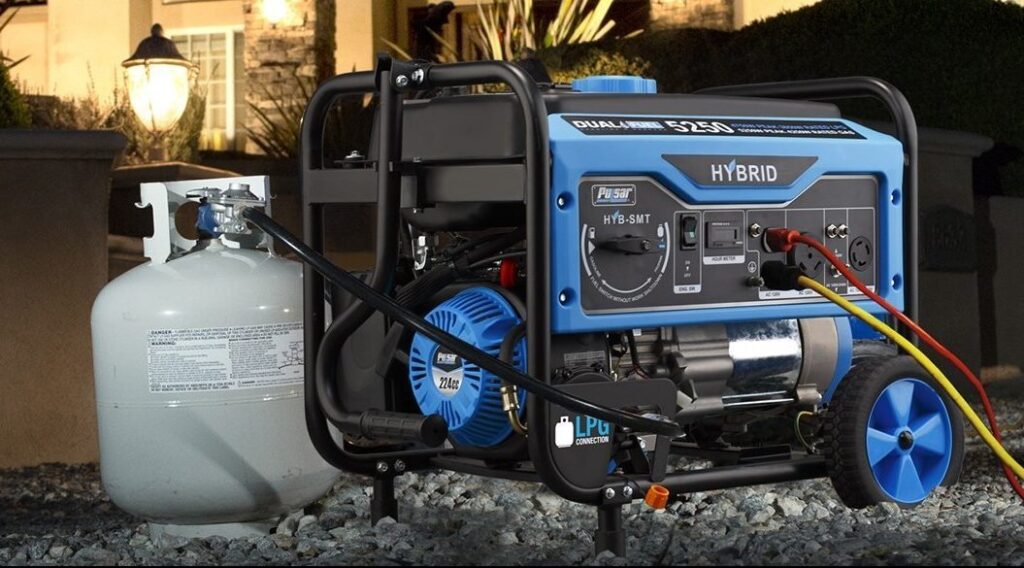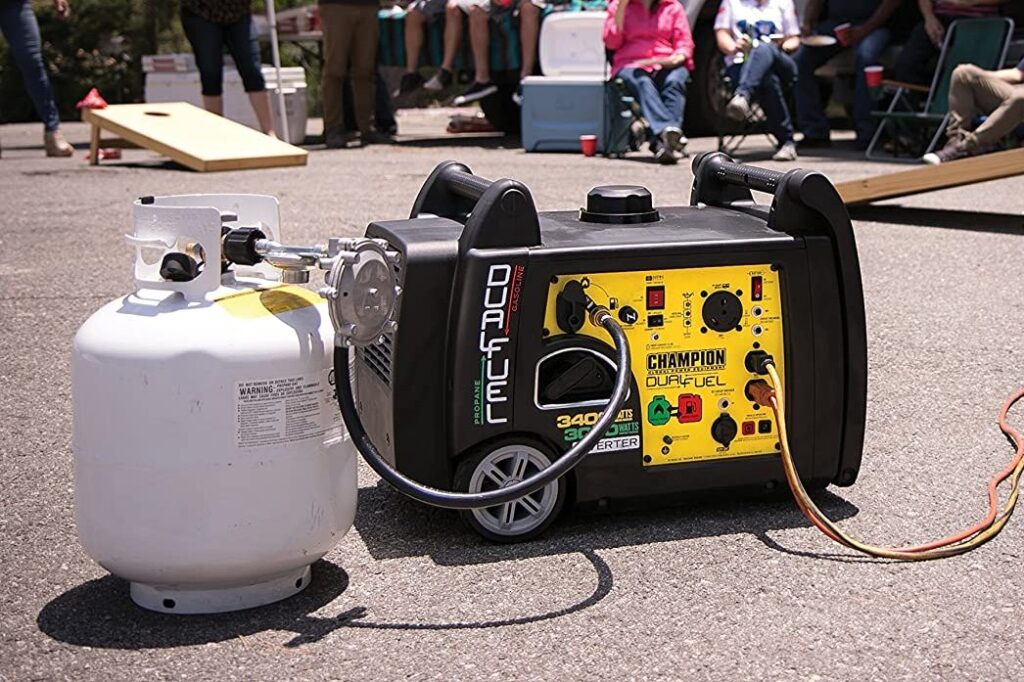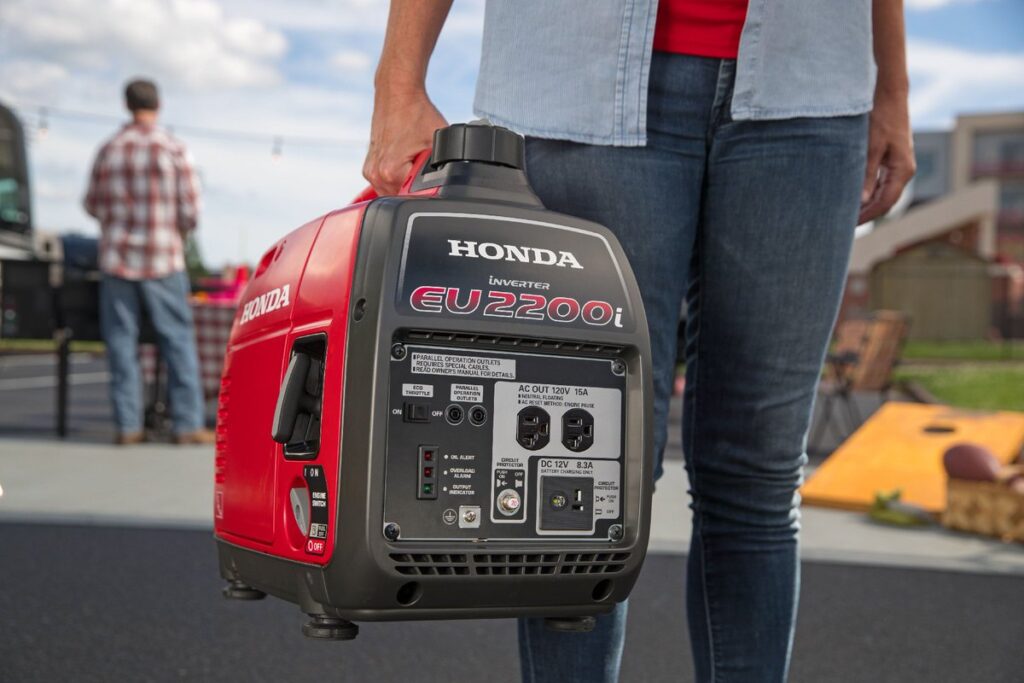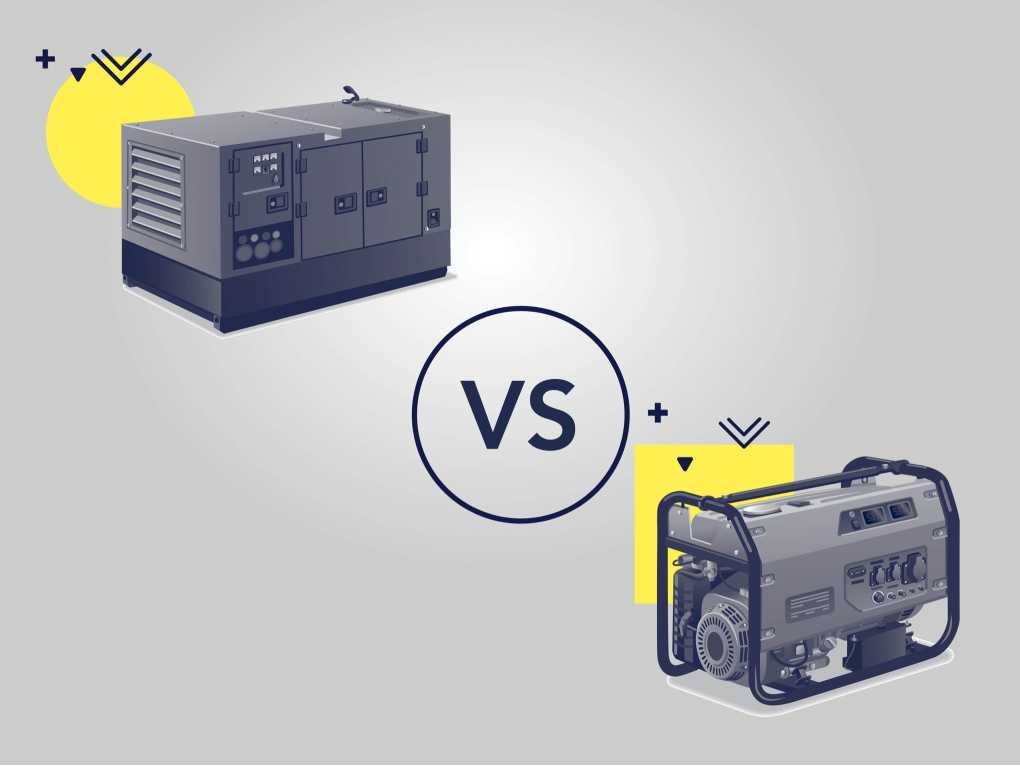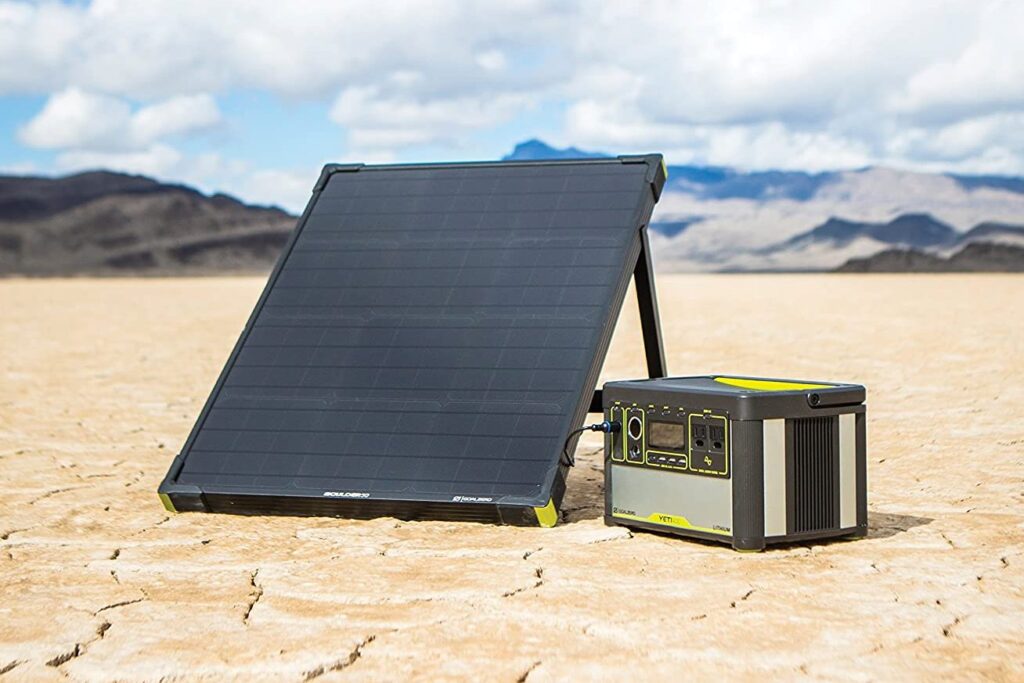Today, we would like to talk to you about an issue that keeps on coming up and there’s a lot of misconception about it. This has to do with floating and bonded neutrals. Some people think that floating neutral is better than a bonded neutral or so on and so forth. Many say they can’t use it with a switch.
Well, the truth of the matter is if you have a bonded neutral generator, it will work with any switch out there. In this bonded neutral vs floating neutral comparison article, we will see the differences between the two neutrals and the advantages and downsides of both. We will tell you how to identify between a neutral bonded generator and a floating neutral generator. We’ll also tell you whether it’s advisable to switch manually from bonded neutral to floating neutral, and if not, we’ll give you our recommendation.
With a bonded neutral portable generator, the neutral can be connected to the generator frame. The neutrals are required to be taken away from their original source (which is the panel) and be connected to the generator and must be connected to the first means of disconnect. This will ensure the proper flow of electricity through neutral conductors. Eliminating stray voltages that may occur by getting connected to the ground two times.
Many people think that floating neutral is better than a bonded neutral. However, the issue that they run into is with the GFCI protection. So for example with the Generac XP 8000, it’s a professional generator. If you look down below, you’ll find it has a full GFCI protected panel for OSHA and NEC codes.
So what they’re saying is that the entire panel including the 30 amp outlet is protected by GFCI. Now, where that poses the issue is when you’re trying to use this with a regular transfer switch (we should say a manual transfer switch). When you flip that switch, it sees too many grounds for your neutral because there’s a neutral grounded in the switch and there’s also one on the generator itself, so it trips breakers. This GFCI compatible panel will work just fine because it is a three-pole switch. So it is actually breaking the neutral in one you’re transferring power. Otherwise, if you use this with any regular type switch, you will trip breakers.
What does floating neutral mean on a generator? Floating neutral generators are those whose neutral circuits do not need to be connected to earth ground or frame Trusted Source Floating ground - Wikipedia Most electrical circuits have a ground which is electrically connected to the Earth, hence the name “ground”. The ground is said to be floating when this connection does not exist. en.wikipedia.org . The legs on the receptacle are both hot legs. So, there are no specific neutral leg or hot leg wiring arrangements for the winding connection to the receptacle of the generator. Floating neutrals are common for situations requiring, for example, connection to the home power or recreational vehicles wherein the transfer switch may not switch to the ground connection from neutral.
Floating neutrals eliminate the risk of electrocution by coming into contact with the generator frame and the hot leg simultaneously. This situation can occur when, for example, a handheld tool has an internal short circuit.
Both the neutral and hot conductors are known as “hot” on generators like this. You can use them for eliminating the possibility of electrocution by letting electrical currents connect simultaneously to the generator during a short circuit.
Most Champion generators, like the Champion 4000-Watt RV Ready with open-frame inverter technology, have a floating neutral system. What Champion generator floating neutrals mean is that their neutral circuits aren’t connected to earth ground or the generator frame. Both legs on their receptacles are hot, which is a way to identify floating systems. However, with bonded neutral generators, you can connect their neutral to the generator frame.
Many people often ask if they can convert a generator to floating neutral.
Well, it’s not advisable to force the switch from bonded neutral to floating neutral. Also, this is not financially advisable, nor is it also advisable to switch to a new generator set because it’s bonded. A GFI transfer switch is enough to help you connect your main panel without having it tripped. However, if you’re looking to get a generator, it’s more advisable to buy floating neutral genrators such as those made by Champion.
If you have any regular generator, whether it’s a floating or a bonded neutral you should have no issue with any switch unless you have a full GFCI protected generator. As we have seen in the bonded neutral vs floating neutral comparison, a floating neutral may be better. However, never disconnect a generator that is bonded neutral manually. This is not just dangerous and financially inadvisable, if you are still in the warranty window, this will singlehandedly void it. It’s also against standing regulations. A GFI transfer switch however will make the difference. With it, you can connect your main panel without having it tripped. Also, it will ensure you are GFCI protected while making use of the generator on a job site Trusted Source 6 Best Generators for Job Sites Reviewed in Detail (Jan. 2022) A generator you take to a job site must be reliable, durable, powerful, and safe. We gathered six best generators for job sites that have these features. generatorpick.com or a field.
